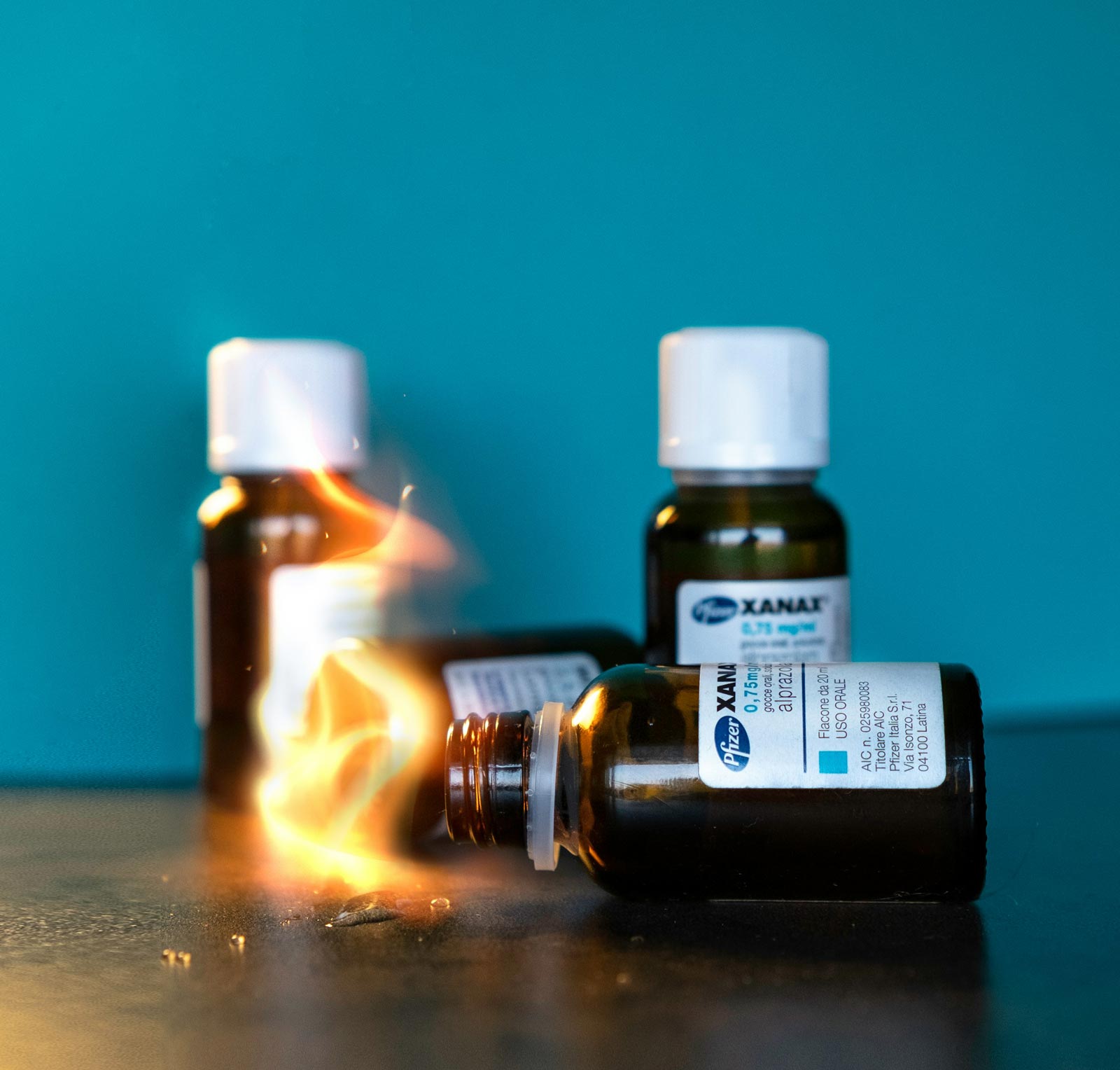[1] J;, R. (n.d.). The risks associated with alcohol use and Alcoholism. Alcohol research & health : the journal of the National Institute on Alcohol Abuse and Alcoholism. Retrieved from https://pubmed.ncbi.nlm.nih.gov/22330211/ on 2024, November 26.
[2] Cherney, K. (2017, August 4). Stages of alcoholism: When is it a problem?. Healthline. Retrieved from https://www.healthline.com/health/stages-alcoholism#addiction on 2024, November 26.
[3] J;, R. (n.d.). The risks associated with alcohol use and Alcoholism. Alcohol research & health : the journal of the National Institute on Alcohol Abuse and Alcoholism. Retrieved from https://pubmed.ncbi.nlm.nih.gov/22330211/ on 2024, November 26.
[4,5] Alcohol-associated liver disease. Johns Hopkins Medicine. (2024, June 17). Retrieved from https://www.hopkinsmedicine.org/health/conditions-and-diseases/alcoholinduced-liver-disease on 2024, November 26.
[6] Herreros-Villanueva, M., Hijona, E., Bañales, J. M., Cosme, A., & Bujanda, L. (2013, February 7). Alcohol consumption on pancreatic diseases. World journal of gastroenterology. Retrieved from https://pmc.ncbi.nlm.nih.gov/articles/PMC3574589/# on 2024, November 26.
[7,8,9] Alcohol and heart health: Separating fact from fiction. Johns Hopkins Medicine. (2024a, June 20). Retrieved from https://www.hopkinsmedicine.org/health/wellness-and-prevention/alcohol-and-heart-health-separating-fact-from-fiction on 2024, November 26.
[10] Wernicke-Korsakoff Syndrome: Causes, symptoms & treatment. Cleveland Clinic. (2024b, November 22). Retrieved from https://my.clevelandclinic.org/health/diseases/22687-wernicke-korsakoff-syndrome on 2024, November 26.
[11] MediLexicon International. (n.d.-a). How does alcohol affect the eyes?. Medical News Today. Retrieved from https://www.medicalnewstoday.com/articles/alcohol-eyes on 2024, November 26.
[12] Alcohol use disorder (AUD). PsychDB. (2024a, May 22). Retrieved from https://www.psychdb.com/addictions/alcohol/1-use-disorder on 2024, November 26.



